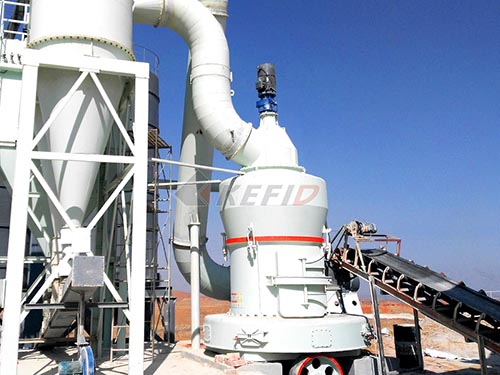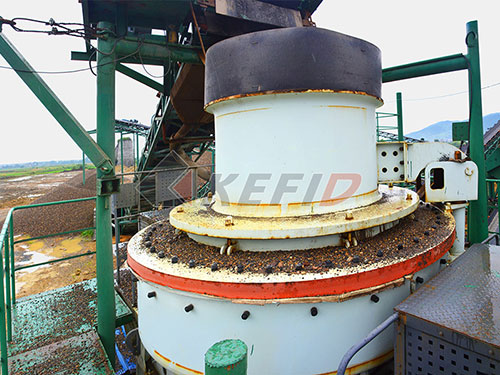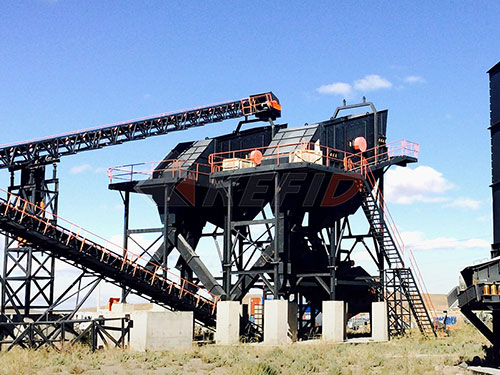
Beyond the Andes: Why Chile’s Mining Future Demands Gyratory Crusher Investment

Chile, the undisputed copper king, stands at a pivotal moment. Its veins of red metal, the lifeblood of its economy and a critical component in the global energy transition, are becoming deeper, harder, and often leaner. Decades of prolific extraction have inevitably led to declining ore grades across many major deposits. Simultaneously, the imperative for sustainable operations – reducing energy consumption, water usage, and carbon footprint – has never been stronger. In this challenging yet opportunity-rich landscape, a critical piece of mineral processing technology emerges not just as an option, but as a strategic necessity: the Gyratory Crusher. Investing in modern gyratory crushers is becoming fundamental to securing Chile’s competitive edge in global mining.
The Chilean Crucible: Ore Challenges Driving Innovation
The challenges facing Chilean miners are multifaceted:
1. Declining Ore Grades: Extracting copper from rock containing less and less metal requires processing vastly larger volumes of material to achieve the same output. This exponentially increases the load on primary crushing circuits.
2. Increasing Ore Hardness: Deeper mining often means encountering harder rock formations (e.g., primary sulphides). Conventional crushers struggle with these abrasive materials, leading to excessive wear, downtime, and maintenance costs.
3. Scale Demands: To maintain production volumes from lower-grade ore bodies, mines must operate at unprecedented scales. Primary crushing stations need to handle colossal tonnages efficiently and reliably.
4. Sustainability Mandates: Energy represents a significant portion of mining operating costs (often 15-30% for comminution alone). Water scarcity is a perennial concern in northern Chile. Reducing specific energy consumption (kWh per tonne processed) and overall resource intensity is paramount for both economic viability and environmental compliance.
5. Operational Reliability: Unplanned downtime in primary crushing cascades through the entire processing chain, causing massive production losses. Robustness and predictable maintenance are non-negotiable.
The Gyratory Advantage: Engineered for Chile’s Demands
Gyratory crushers are uniquely positioned to address these challenges head-on due to their inherent design principles:
1. Unmatched Capacity & Throughput: Gyratories are designed for high-capacity primary crushing applications. They can continuously accept large feed sizes (often exceeding 1 meter) and process thousands of tonnes per hour – significantly more than comparable jaw crushers – making them ideal for high-volume, low

Leave a Reply